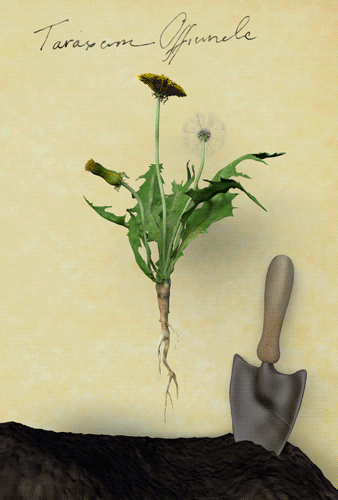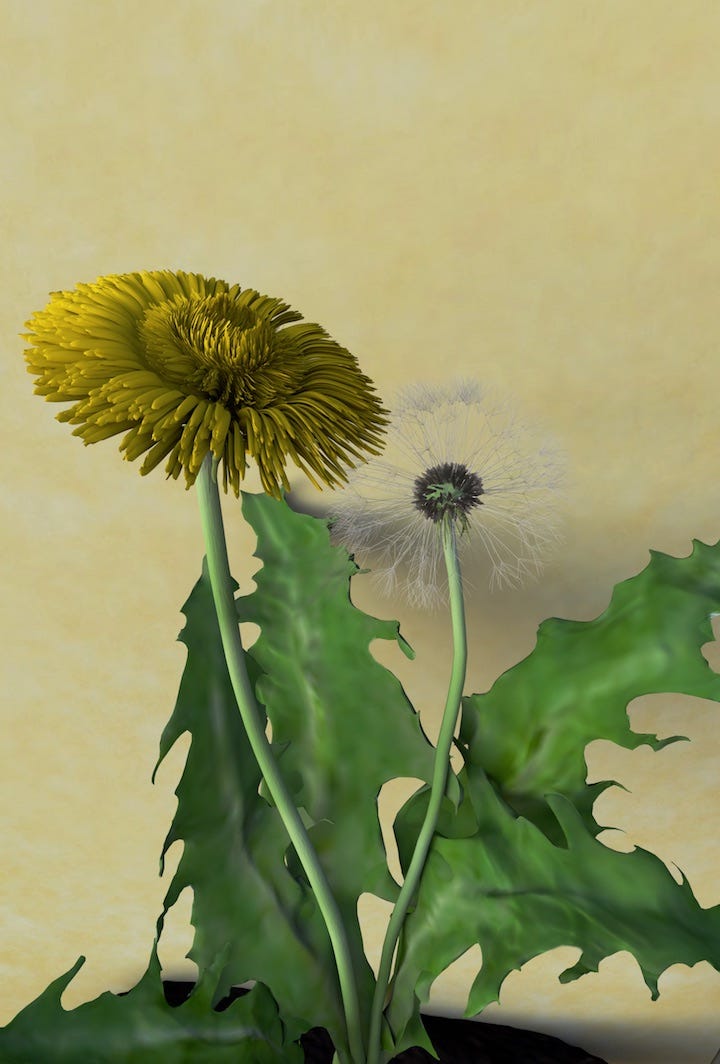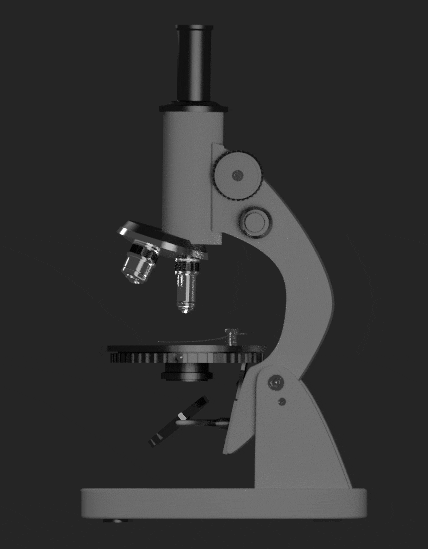Much like the tissue and organ transformations in the chrysalis, or the cell fate changes seen in root regeneration, transitions in our identities and truths are ongoing.
The first indication that I would become a scientist was in second grade when I rightfully earned the name “butterfly boy”.
In class we received first instar painted lady caterpillars by mail and watched as they continuously ate and molted, growing bigger by the day. Finally, they would hang from the ceiling of their rearing containers to molt one last time and enter the chrysalis stage.
For a week we waited until finally, the pupas darkened in color, revealing the orange wings beneath. Watching the butterflies emerge and fully realizing the metamorphic process that had just occurred, I was in awe.

by Nick DelRose
We released the orange and black painted ladies in the schoolyard, but that wasn’t enough for me. Every year following I would raise butterflies at home on my own, to relive the entire process. I planted a butterfly garden with globe thistles for painted ladies, milkweeds for monarchs, and nettles for red admirals.
Nectar rich flowers like beebalms, purple coneflowers, and summer lilacs attracted garden visitors. My garden was, in a sense, my first laboratory.

by Nick DelRose
Today I work in Dr. Kenneth D Birnbaum’s Lab where we study the dynamics of morphological transitions during root regeneration in the plant model organism, Arabidopsis thaliana.
I am interested in the developmental programs and early inductive cues that are implemented during root repatterning.
This research is very much an extension of my fundamental interests as a second grader: the understanding of how a body plan unfolds from damaged tissue requires a restructuring that reminds me distinctly of my interests in a caterpillar’s transformation into a butterfly.
The lab’s questions are some of the questions I have always been asking. How does organization come from disorganization? What signals are necessary to structure tissues, and from where do they originate?
In parallel with my fascination with nature and biology, I’ve also pursued interests in sculptural art and 3D graphics.

by Nick DelRose
I love the idea of teaching science through art and storytelling — engaging with the general public over science and the hidden world around us. I’m a visual learner, and I believe making a tangible experience is an indispensable way to reach the public.
Following plant maturation and flowering, seeds are collected from dried plants while removing other debris with a sieve.
The root meristem is cut with a needle under the microscope. These cuts remove the root stem cell niche responsible for new cells and growth of the organ. In preparation for microscopy, we stain roots with Propidium iodide to outline cell walls.
Confocal microscopy uses focused lasers to visualize fluorescent dyes and proteins, allowing us to image the regeneration process.
A short science film for Symbiosis. The film is a collaboration with Toma Peiu and Luiza Parvu, who have started their production company, Root Films.
Nick DelRose is a Biology Ph.D. student at New York University, studying root regeneration in plants.
He is co-owner and art director of a new greeting cards company, Damaged Goods.
A graduate of Carnegie Mellon University, he received his bachelors in Biology with focuses in Developmental and Cell Biology, and minors in Chemistry and Fine Arts.
His art and biology interests began at an early age when he became well-practiced in paper mâché and fascinated by the metamorphosis of caterpillar to butterfly.
He has continued interest in the intersection between art and biology, and in science communications through 3D illustration and animation.
Other projects are inspired by nature and the environment, and the (re)cycling, and (re)birth of the individual.
Visit: nickdelrose.com